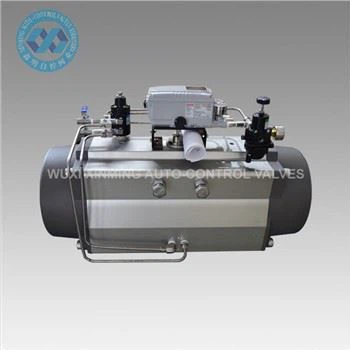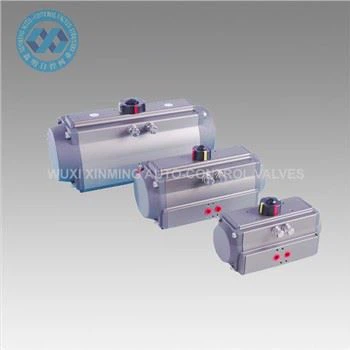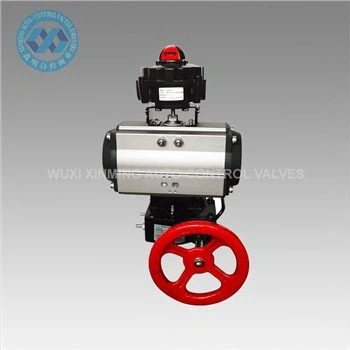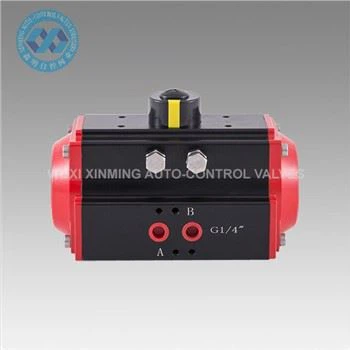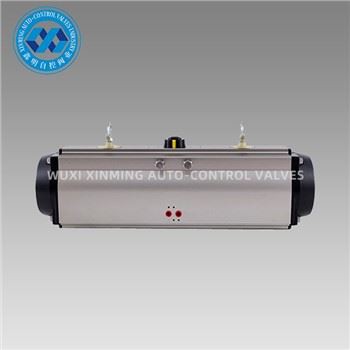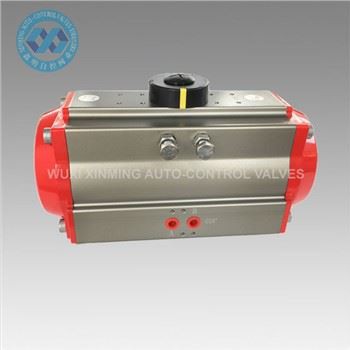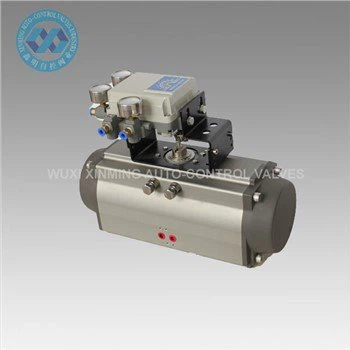Pneumatic actuators play a vital role in modern water treatment systems, enabling precise control of valves that manage fluid flow, pressure, and chemical dosing. These devices, powered by compressed air, are favored for their robustness and adaptability in environments where reliability and safety are paramount.
Functionality in Water Treatment
In water treatment plants, pneumatic actuators convert air pressure into mechanical motion to operate valves such as ball, butterfly, or diaphragm types. They regulate processes like:
- Flow control in filtration and disinfection stages.
- Chemical dosing for pH adjustment or coagulant injection.
- Sludge management in sedimentation tanks.
-
Pump and pipeline isolation during maintenance or emergencies.
Their rapid response and fail-safe designs (e.g., spring-return mechanisms) ensure uninterrupted operations, even during power outages.
Key Benefits for Water Treatment
- Corrosion Resistance: Constructed with stainless steel, epoxy coatings, or specialized polymers to withstand harsh chemicals, chlorine, and wastewater.
- Explosion Safety: No electrical components, making them ideal for facilities handling flammable gases or volatile substances.
- Low Maintenance: Simple design with fewer moving parts reduces downtime and repair costs.
- Scalability: Suitable for both small-scale municipal plants and large industrial facilities.
Applications Across Treatment Stages
- Raw Water Intake: Actuators control inlet valves to manage water volume from reservoirs or rivers.
- Disinfection Systems: Adjust chlorine or ozone dosing valves for safe drinking water.
- Wastewater Sludge Handling: Automate knife gate valves in dewatering and disposal processes.
- Reverse Osmosis (RO): Throttle high-pressure valves during desalination.
Innovations and Sustainability
Modern pneumatic actuators integrate smart positioners and IoT sensors to enable real-time monitoring of valve status, pressure, and leakage. These advancements support predictive maintenance and energy optimization, aligning with sustainability goals. Additionally, eco-friendly designs prioritize reduced air consumption and compatibility with renewable energy-driven compressors.
Maintenance Best Practices
Regular inspections of seals, diaphragms, and air filters prevent contamination and ensure longevity. Using clean, dry air sources is critical to avoid moisture-related corrosion.
In conclusion, water treatment pneumatic actuators are indispensable for maintaining efficient, safe, and compliant operations. As the industry prioritizes automation and environmental stewardship, these devices continue to evolve, offering smarter, greener solutions for global water management challenges.
If you want to learn more about low-priced products, please visit the following website: www.xm-valveactuator.com


